“The Homewood” was the first major project of British modernist architect Patrick Gwynne, built for his family on their estate in Esher, Surrey, England. Completed in 1938, it is a lesson in timeless sophistication.
Gwynne first became acquainted with modernist design while he was studying at university, and while his father was initially reluctant (hoping that he would become an accountant), the older Gwynne paved the way for his son’s career by securing an apprenticeship in the studio of Ernest Coleridge.
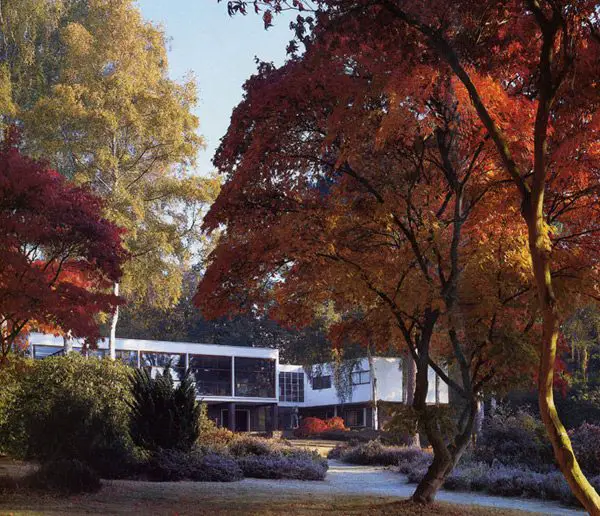
Yet it was after spending two years at his second practice, in the office of Wells Coates, that the younger Gwynne was first able to indulge his fascination for new developments in modernist design. It was also there that he was given the chance to design his parents’ own house, intended to resolve the increasing noise pollution experience in the Victorian house they were living in. Considering the emphatically modernist design, it represents an extremely ambitious, and ultimately remarkable project for an architect who was only 24 years old at the time building began.
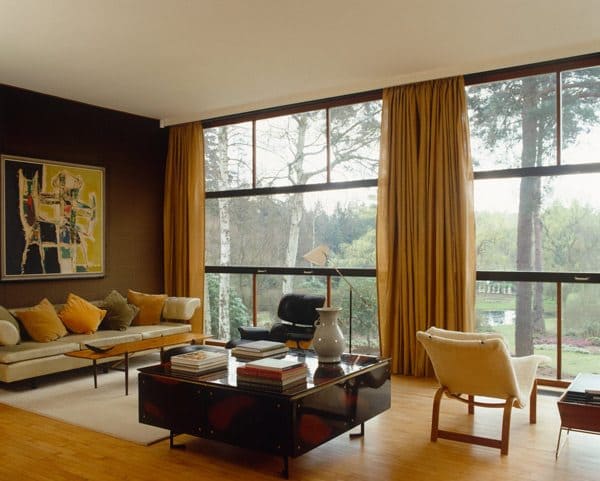
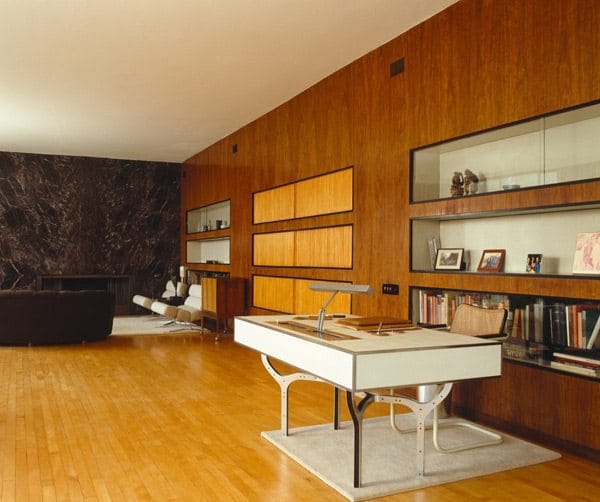
Gwynne took his cues from Le Corbusier’s Villa Savoye (specifically in having The Homewood based on stilts or pilotis) and Ludwig Mies van der Rohe’s Tugendhat House. Like both these precursors, the house had an open plan layout, with one large living room with a dining area screened at one end, while the bedrooms were in a separate wing.
To make way for the modernist build, and due to its proximity to an increasingly noisy motorway, the family decided to demolish the original Victorian house, also called “The Homewood”. However, the surrounding grounds remain kept the same way as they had been since the estate had been established a hundred years before. Indeed, the grounds themselves are almost as striking as the house itself.
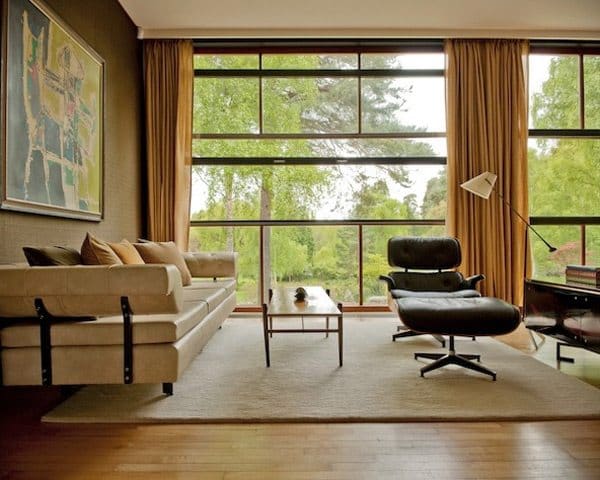
Having been cultivated since the Victorian era, it is a truly original English country garden. Gwynne approached the landscaping like the layered composition of a painting, with plants in the foreground, shrubs in the middle distance, and specimen trees that draw the eye skyward. It displays the typical carefully orchestrated wildness and the utilisation of the natural beauty of the landscape.
SEE MORE: Frank Lloyd Wright’s Masterpiece, Fallingwater
According to Gwynne, his parents had one good year in the house before it passed to him.
In 1946 the home underwent a refit, transitioning to a new post-servant era. As one of the earlier examples of modernist building in the UK, it now displays a rather pleasing aged appearance. Indeed, while it is clearly well kept, at almost 80 years old, it is distinctly mature.
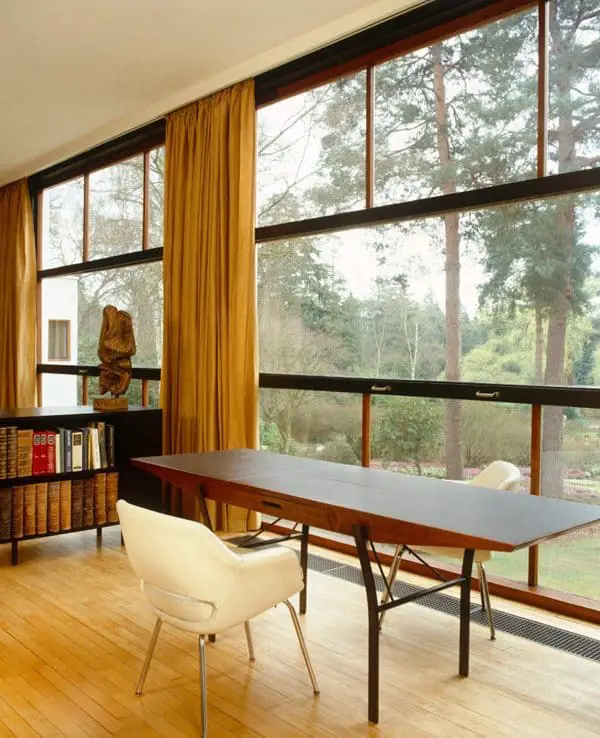
In 1993, Gwynne himself began proceedings to pass on the home to the National Trust. The acquisition represented a unique opportunity to have protected in perpetuity one of Britain’s last remaining pre-war modernist houses with its fittings and grounds intact. Following this development, the house underwent a loving restoration, with Gwynne collaborating with the firm Avanti Architects.
The National Trust offer tours of the home by request. As part of it visitors are show around the house and can explore the beautiful grounds of the estate.
Do you live in a mid-century or modernist-inspired contemporary house and want to be featured on Mid-Century Home? Contact us with some photos and a short description of your house at: info@midcenturyhome.com
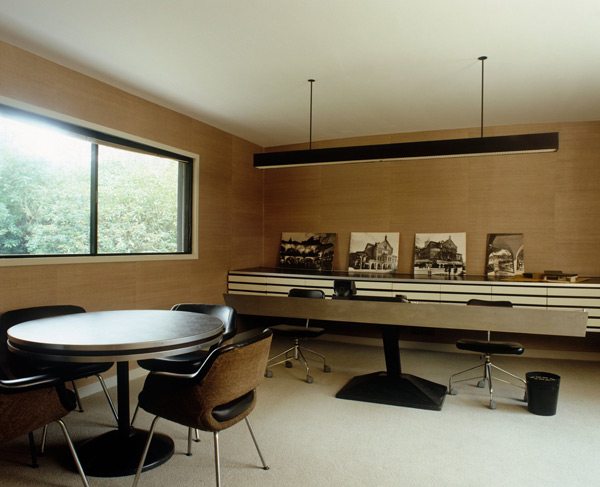
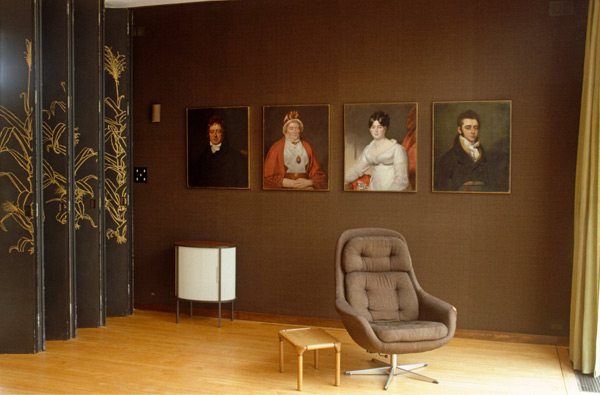
Photos via Plastolux